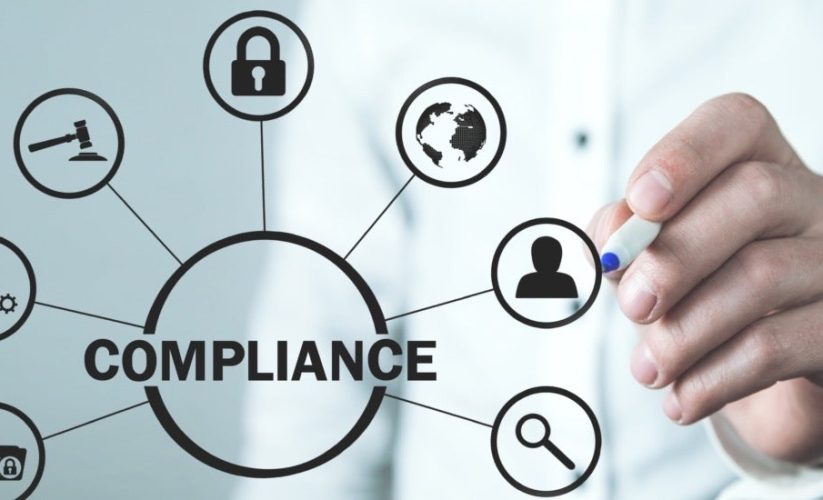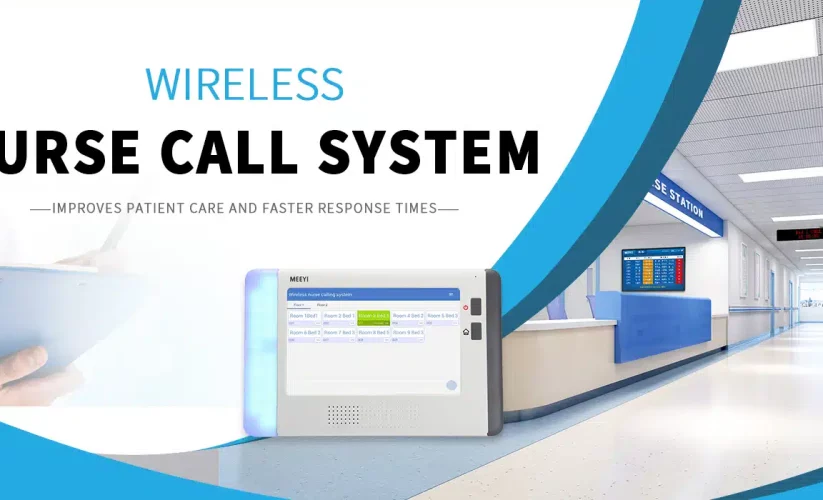
Ensuring Success with Comprehensive Compliance Monitoring Systems
In an era marked by stringent regulations and heightened scrutiny, organizations are increasingly recognizing the importance of robust compliance monitoring systems. These systems are essential for ensuring that businesses adhere to laws, regulations, and internal policies, ultimately fostering a culture of accountability and transparency. This article will explore the key components of effective compliance monitoring systems, their benefits, and strategies for successful implementation.
Understanding Compliance Monitoring
Compliance monitoring refers to the systematic process of evaluating and ensuring adherence to applicable laws, regulations, and internal policies within an organization. It involves continuous assessment and oversight to identify compliance risks, monitor adherence, and implement corrective actions where necessary. Effective compliance monitoring not only safeguards organizations against legal repercussions but also enhances their reputation and operational efficiency.
Key Components of Comprehensive Compliance Monitoring Systems
- Policy Framework: A robust compliance monitoring system begins with a clear and comprehensive policy framework. This framework outlines the organization’s commitment to compliance, defines roles and responsibilities, and establishes guidelines for ethical behavior. Policies should be easily accessible to all employees and regularly updated to reflect changes in regulations.
- Automated Monitoring Tools: Automation plays a crucial role in modern compliance monitoring systems. Automated tools enable organizations to track compliance in real time, reducing the burden of manual oversight. These tools can analyze data, generate reports, and send alerts for potential compliance breaches, ensuring timely intervention.
- Data Management and Analytics: Effective compliance monitoring relies on accurate data management. Organizations must establish processes for collecting, storing, and analyzing compliance-related data. Advanced analytics can provide valuable insights into compliance trends, helping organizations identify potential risks and areas for improvement.
- Training and Awareness Programs: Employee training is essential for fostering a culture of compliance. Comprehensive training programs should educate employees about relevant laws, regulations, and internal policies. Regular training sessions can help reinforce the importance of compliance and ensure that employees understand their roles in maintaining adherence.
- Regular Audits and Assessments: Conducting regular audits and assessments is vital for evaluating the effectiveness of compliance monitoring systems. These assessments should review compliance processes, identify gaps, and recommend improvements. Organizations should establish a schedule for periodic audits to ensure ongoing compliance.
Benefits of Comprehensive Compliance Monitoring Systems
1. Risk Mitigation
One of the primary benefits of compliance monitoring is the proactive identification and mitigation of risks. By continuously monitoring compliance, organizations can detect potential issues before they escalate into significant problems. This proactive approach reduces the likelihood of legal violations, financial penalties, and reputational damage.
2. Enhanced Accountability
Compliance monitoring systems establish clear accountability within organizations. When employees understand their responsibilities regarding compliance, they are more likely to act ethically and adhere to policies. This sense of accountability promotes a culture of integrity and transparency.
3. Improved Decision-Making
Having access to accurate and timely compliance data allows management to make informed decisions. Compliance monitoring systems provide insights into compliance status, enabling leaders to evaluate risks and allocate resources effectively. This data-driven approach enhances strategic planning and operational efficiency.
4. Increased Trust and Credibility
Organizations that prioritize compliance monitoring build trust with stakeholders, including customers, investors, and regulatory bodies. Demonstrating a commitment to compliance enhances credibility and fosters positive relationships, contributing to long-term success.
5. Streamlined Operations
Automated compliance monitoring systems streamline operations by reducing the manual effort required for compliance tasks. This efficiency allows staff to focus on core business functions, enhancing overall productivity.
Strategies for Successful Implementation
1. Engage Leadership Support
Successful implementation of compliance monitoring systems begins with strong leadership support. Executives must prioritize compliance and actively promote its importance within the organization. Engaging leadership helps to create a culture of compliance that permeates all levels of the organization.
2. Tailor Solutions to Organizational Needs
Every organization is unique, and compliance monitoring systems should be tailored to meet specific needs. Conduct a thorough assessment of existing processes, regulatory requirements, and industry standards to develop a customized compliance monitoring solution.
3. Foster a Culture of Continuous Improvement
Encouraging a culture of continuous improvement is essential for the long-term success of compliance monitoring systems. Regularly solicit feedback from employees and stakeholders to identify areas for enhancement. Implementing a feedback loop ensures that the compliance monitoring system evolves with changing regulations and organizational needs.
4. Invest in Technology
Investing in advanced compliance monitoring technology can significantly enhance the effectiveness of monitoring efforts. Look for solutions that offer automation, data analytics, and real-time reporting capabilities. These technologies can streamline compliance processes and provide actionable insights.
5. Conduct Regular Training
Ongoing training is crucial for maintaining compliance awareness within the organization. Develop a comprehensive training program that covers relevant laws, regulations, and internal policies. Regular training sessions should be conducted to reinforce compliance principles and address any changes in regulations.
Challenges in Compliance Monitoring
While comprehensive compliance monitoring systems offer numerous benefits, organizations may encounter challenges during implementation:
- Resource Constraints: Implementing and maintaining compliance monitoring systems can require significant resources, including time, personnel, and technology. Organizations must allocate the necessary resources to ensure success.
- Complex Regulatory Environments: The complexity of regulatory requirements can make compliance monitoring challenging. Organizations must stay informed about changes in laws and regulations to ensure ongoing adherence.
- Resistance to Change: Employees may resist changes to established processes. Effective change management strategies, including communication and training, are essential for overcoming this resistance.
Conclusion
Ensuring success with comprehensive compliance monitoring systems is essential for organizations seeking to navigate today’s complex regulatory landscape. By establishing clear policies, investing in technology, and fostering a culture of compliance, organizations can mitigate risks, enhance accountability, and improve operational efficiency. As regulatory environments continue to evolve, organizations that prioritize compliance monitoring will be better positioned for long-term success.





